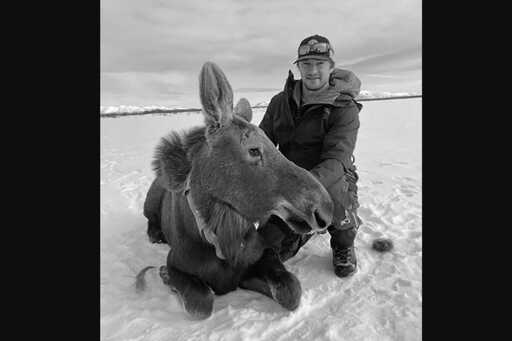Founder’s Briefs: An occasional series where Mongabay founder Rhett Ayers Butler shares analysis, perspectives and story summaries. To work in Alaska as a wildlife biologist is to accept hardship as part of the job: blizzards, isolation, and a daily intimacy with life, death, and the difficult questions in between. For John Landsiedel, it was not only worth it — it was the dream. He arrived in Dillingham in 2022 to take up a post many had cycled through and left. But he intended to stay. Landsiedel had grown up in North Dakota and studied wildlife biology at Montana State University, not far from Yellowstone’s grizzlies and geysers. His path included tracking elk and bears, managing furbearers, and earning a scholarship to become a pilot — a step that would allow him to collar caribou, investigate mortalities, and expand his reach into Alaska’s remotest corners. He was training in a Piper Cub when it went down on the runway. Landsiedel relished the science, but his real gift was connection: with animals, and with people. He spoke of the Mulchatna caribou herd not as numbers, but as beings whose survival told a story of ecological shifts and human need. Subsistence hunting, he understood, was not sport — it was sustenance, tradition, identity. “You don’t really get a full grasp,” he once said, “of what life is like in a village without traveling to that.” Colleagues called him enthusiastic and fearless. Family described him as a goofball with a sharp mind. He laughed…This article was originally published on Mongabay
From Conservation news via this RSS feed


